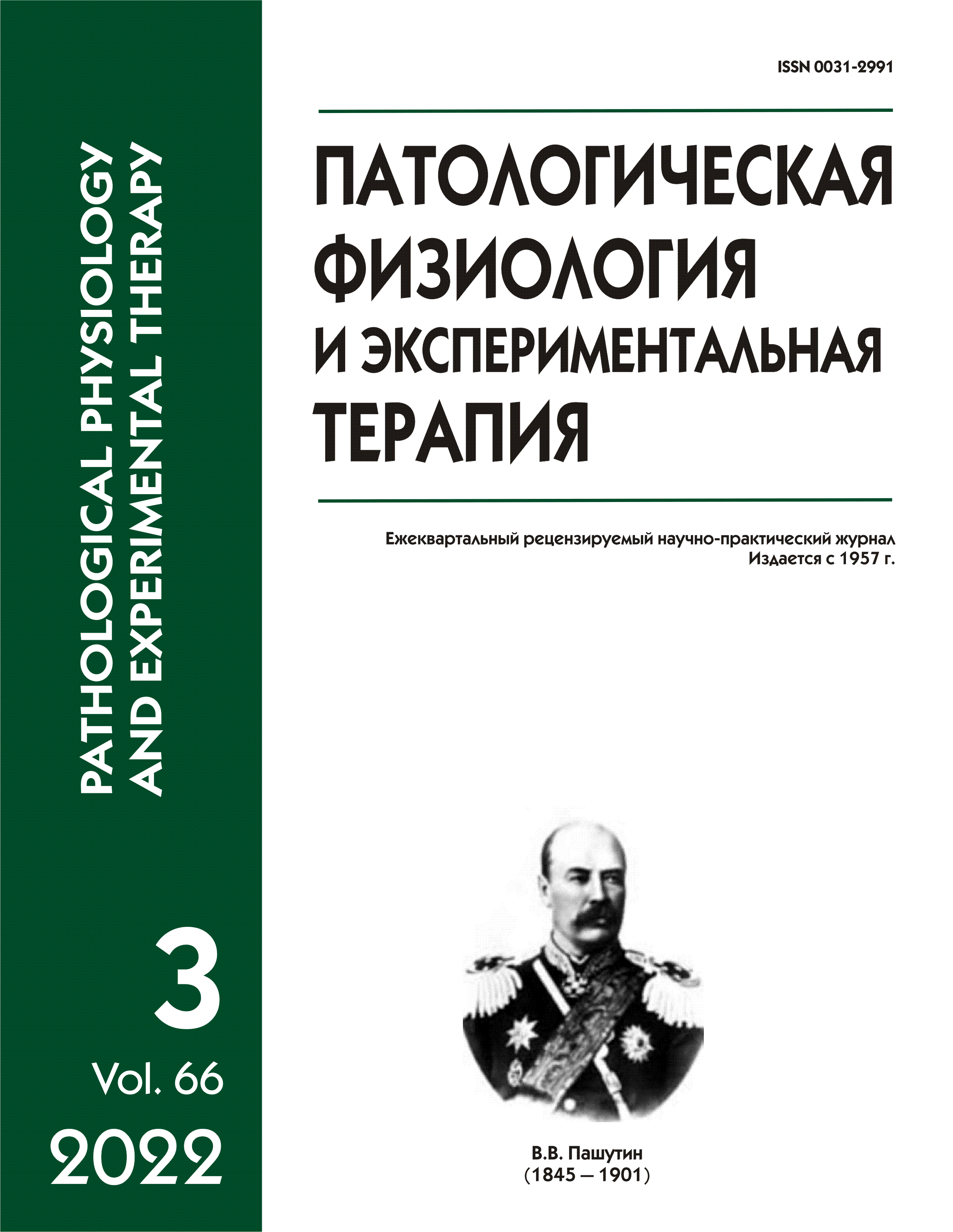Comparative analysis of the anti-inflammatory effect of ozone and 5-aminosalicylic acid in experimental colitis
Abstract
Introduction. The investigation of inflammatory markers in inflammatory bowel diseases (IBD) is both of diagnostic and prognostic value and important for the evaluation of therapy. Side effects and the refractoriness to basic therapy for IBD, including 5-aminosalicylic acid (5-ASA) derivatives, have warranted evaluating the effects of ozone as a pleiotropic homeostasis-regulating agent. The aim of the study was to comparatively analyze the anti-inflammatory effects of ozone and 5-ASA when administered rectally to treat oxazolone-induced colitis (OIC). Methods. OIC was induced in 73 Wistar rats by cutaneous followed by oral oxazolone. For 6 days, rectal insufflations of ozone were performed at a dose of 0.1 mg/kg once a day, or rectal suppositories containing 50 mg of 5-ASA were administered twice a day. The severity of clinical symptoms was assessed by the disease activity index (DAI). Morphological signs of intestinal damage were assessed by the tissue damage index (TDI). Calprotectin concentration in feces, number of blood leukocytes, C-reactive protein (CRP), and NBT-reducing ability of blood neutrophils were determined. Results. In rats with OIC, the maximum increases in DAI and fecal calprotectin content were observed on the 6th day. The maximum increases in the NBT-reducing ability of blood neutrophils and the number of blood neutrophils and monocytes were observed on the 2nd day. The maximum serum concentration of CRP and the severity of morphological signs of damage in the colon were observed on the 4th and 6th days. The ozone treatment reduced DAI, TDI, calprotectin content in feces, and the serum concentration of CRP on the 4th and 6th days. On the 2nd, 4th, and 6th days, the ozone treatment reduced blood leukocytes at the expense of lymphocytes and limited oxygen-dependent metabolism of blood neutrophils. On the 2nd day of ozone treatment, there was an increased fecal content of calprotectin. The effects of rectal ozone insufflation were comparable with the effect of 5-ASA by DAI and TDI. These effects were less pronounced with regard to the decrease in ulcer size on the 2nd and 6th days, the decrease in the fecal concentration of calprotectin on the 6th day, the serum concentration of CRP, or the number of leukocytes in the blood on the 2nd, 4th, 6th day. The effects were more pronounced in relation to the decrease in the NBT-reducing ability of blood neutrophils. Conclusion. The effectiveness of rectal ozone treatment in OIC in relation to clinical signs, local and systemic manifestations of the inflammatory process in the colon, complete or partial comparability of acute phase response rates, and clinical and morphological effects of ozone with rectal application of 5-ASA warrant further studying the mechanism of the anti-inflammatory effect of ozone in IBD at the preclinical stage and a possible use of local ozone therapy in patients with ulcerative colitis and Crohn’s disease.






